Results
-
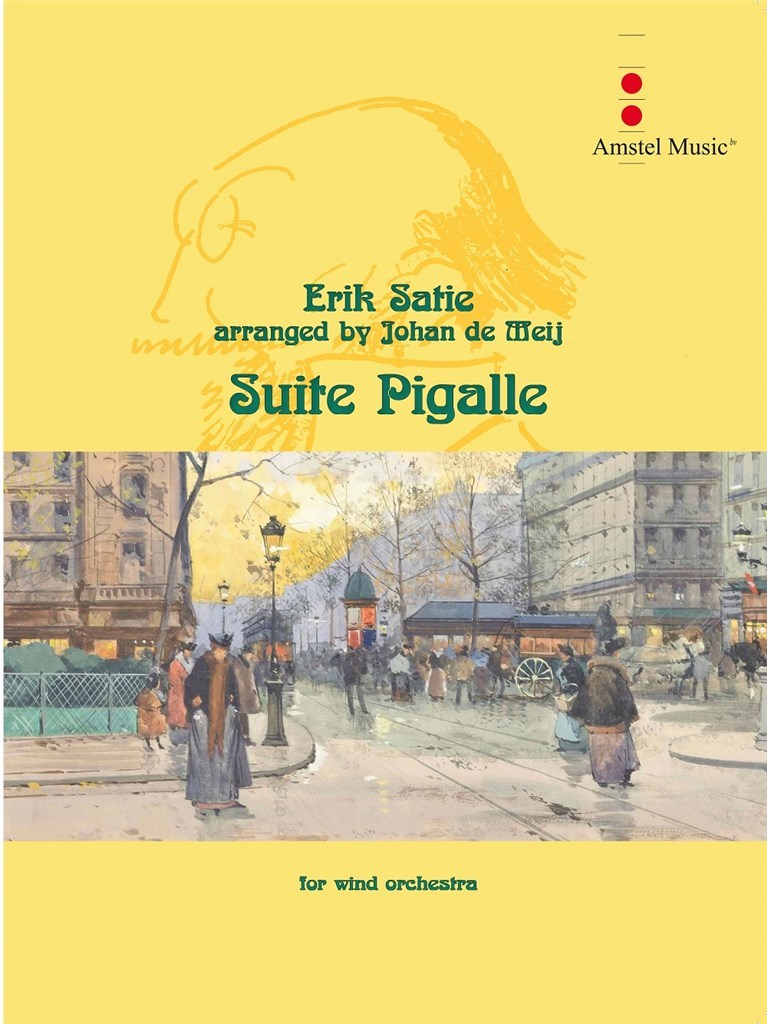 £64.00
£64.00Suite Pigalle (Concert Band - Score and Parts) - Satie, Erik - De Meij, Johan
Erik Satie, born in Honfleur in Normandy (France) in 1866 is undoubtedly one of the most striking personalities in the history of French music. He composed in various, often quite divergent, styles. Besides light-hearted,entertaining works he also wrote several serious compositions, among which the three ballets: Parade, Rel che and Les Aventures de Mercure. However, his piano pieces, such as Trois Gymnopedies or Gnossiennes will remain his most popular compositions. Satie cooperated with almost all the great artists of his time: Pablo Picasso, Jean Cocteau, Sergei Diaghilev, Georges Braque and composers Darius Milhaud (Le Groupedes Six) and Claude Debussy. Johan de Meij made an orchestration of three short pieces by Erik Satie: I. Petite Ouverture Danser - II. Gnossienne No.1 (1890) - III. Gambades.Duration: 8.45
Estimated dispatch 7-14 working days
-
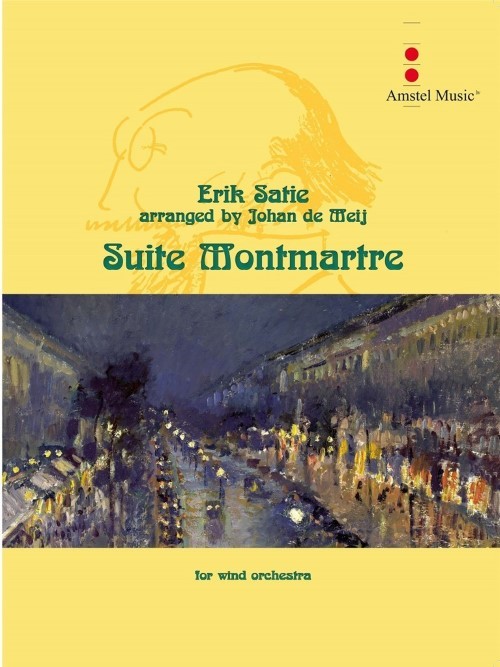 £64.00
£64.00Suite Montmartre (Concert Band - Score and Parts) - Satie, Erik - De Meij, Johan
Erik Satie, born in Honfleur in Normandy (France) in 1866 is undoubtedly one of the most striking personalities in the history of French music. He composed in various, often quite divergent, styles. Besides light-hearted, entertaining works he also wrote several serious compositions, among which the three ballets: Parade, Rel che and Les Aventures de Mercure. However, his piano pieces, such as Trois Gymnopedies or Gnossiennes will remain his most popular compositions. Satie cooperated with almost all the great artists of his time: Pablo Picasso, Jean Cocteau, Sergei Diaghilev, Georges Braque and composers Darius Milhaud (Le Groupedes Six) and Claude Debussy. Johan de Meij made an orchestration of three short pieces by Erik Satie: I. Petit Prelude, La Mort de Mr. Mouche - II. 1ere Gymnopedie - III. Rag-Time Parade.Duration: 6.45
Estimated dispatch 7-14 working days
-
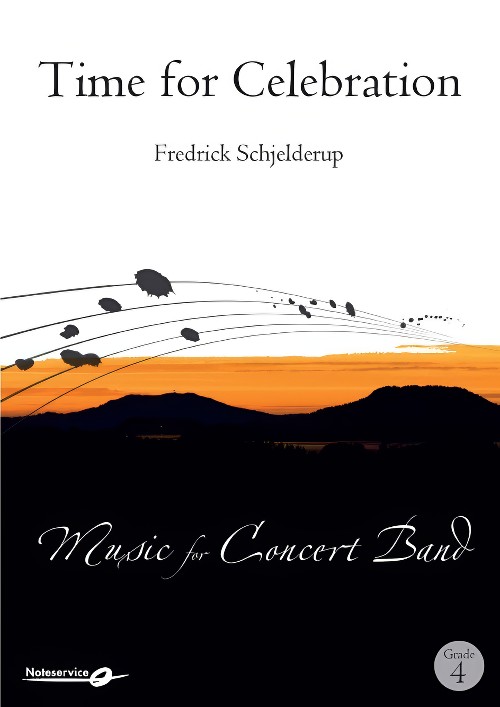 £145.00
£145.00Time for Celebration (Concert Band - Score and Parts) - Schjelderup, Fredrick
Time for Celebration was commissioned by the Norwegian School Band, Soreide and Sandsli Skolekorps (SSS) for their 50th Anniversary.The piece is written in four movements: I. Fanfare, II. Toccata, III. In Memories of Great Times, IV. Festivity - A Celebration.The thematic work is based on the initials of the band, three similar letters (represented in the music): Three similar tones.Duration: 10.30
Estimated dispatch 7-14 working days
-
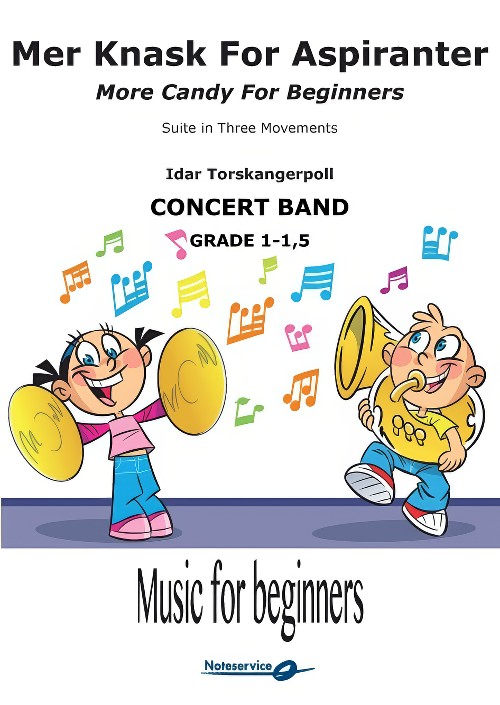 £77.00
£77.00Mer knask for aspiranter (More Candy for Beginners) (Concert Band - Score and Parts) - Torskangerpoll, Idar
Suite in Three Movements. More Candy For Beginners is a suite of three songs used for absolute beginners by the composer through several years. The method is to sing the melodies before learning it on the instruments. Lyrics has then "appeared" mostly about candy, the youngsters like to sing about this. Duration: 4.00
Estimated dispatch 7-14 working days
-
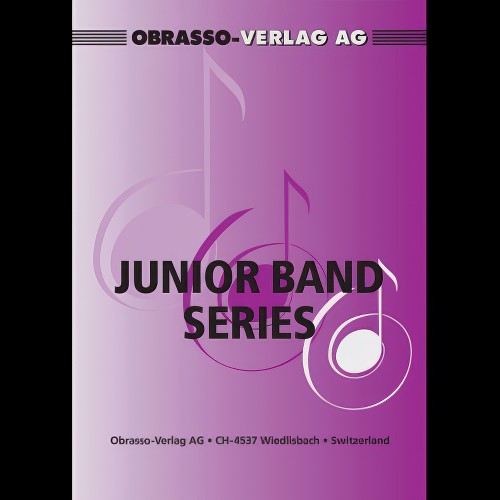 £53.60
£53.60First Sounds for Junior Band, Volume 1 (Flexible Ensemble - Score and Parts) - Wood, Stephen D.
4 Part Flexible Ensemble and PercussionIncludes:Three Warm-Ups For BandThree Folk Songs For BandStateside MarchChaconne and VariationsMorning Mood (Grieg)Fantasy on Three French Folk SongsTheme from Symphony No.9 (Beethoven)Brass BopA Christmas Fantasy
Estimated dispatch 7-14 working days
-
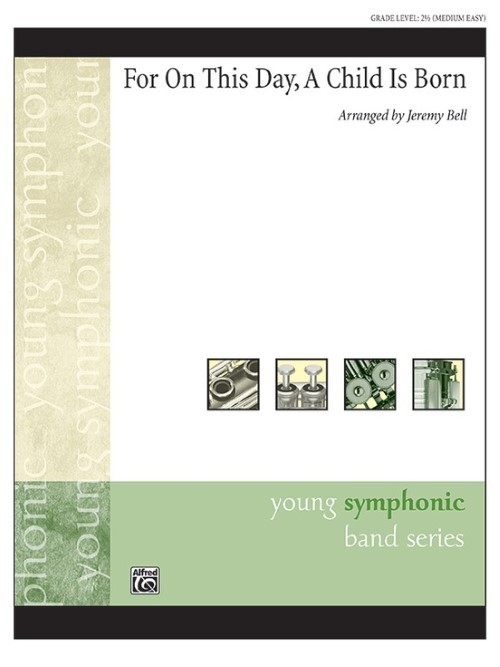 £66.95
£66.95For On This Day, A Child Is Born (Concert Band - Score and Parts) - Bell, Jeremy
A colourful medley of three Christmas carols: a bright setting of Ukrainian Bell Carol, a warm chorale version of Greensleeves, and an arrangement of We Three Kings that features a Middle-Eastern flavour. Duration: 3:00
Estimated dispatch 7-14 working days
-
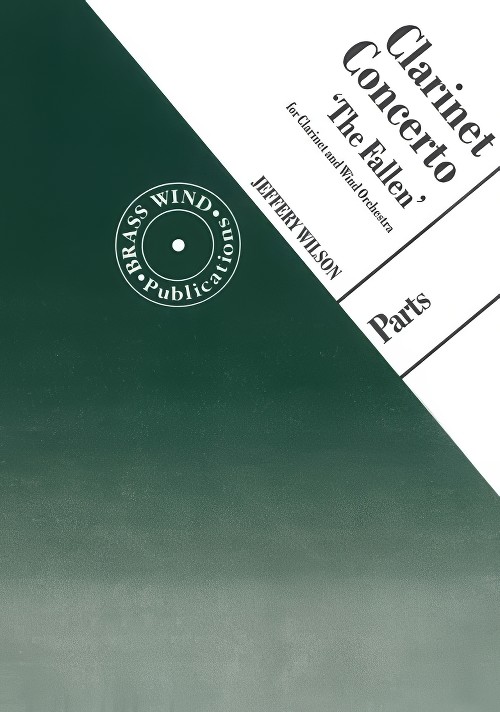 £80.00
£80.00Clarinet Concerto (The Fallen) (Clarinet Solo with Concert Band - Score and Parts) - Wilson, Jeffery
The three movements are 'Conflict', 'The Fallen' and 'Resolution', themes that are freely interpreted musically. In 'Conflict', the solo clarinet begins with an ascending figure based on octave leaps, while the accompaniment contrasts with marcato quavers and harsh dissonances. The melody features seventh intervals, and while the movement is marked 3/4 the accompaniment is often 6/8. This is more evident in the second theme where the clarinet line moves much more by step. The development takes these ideas and the cadenza comes from yet more conflict between the now calm clarinet and dissonant clashes in the accompaniment. 'The Fallen' is the slow movement and poignantly features notes from 'The Last Post' in the opening and a beautiful working of 'David of the White Rock' later on. The final movement 'Resolution' is a Rondo in 6/8, brighter but with hints of the initial conflict through the sevenths in the meno mosso sections which interrupt the flow. Another long cadenza takes short ideas from the piece before the work comes to a triumphant end with all four E notes across the whole range, echoing the beginning. Wilson set out to write a concerto for a versatile instrument and has found ways to exploit its capabilities while keeping tonal centre. There are frequent altissimo notes within all three movements. Wilson does use the very low notes, most notably in the cadenzas, but much of the work is high, presumably to allow the clarinet to carry over the wind band accompaniment. A good command of all notes right up to A sharp an octave above the stave is needed, plus technique to travel to and from altissimo notes (legato). The piece is around 25 minutes long. Printing is clear and the piano accompaniment comes as a spiral bound volume.
Estimated dispatch 7-14 working days
-
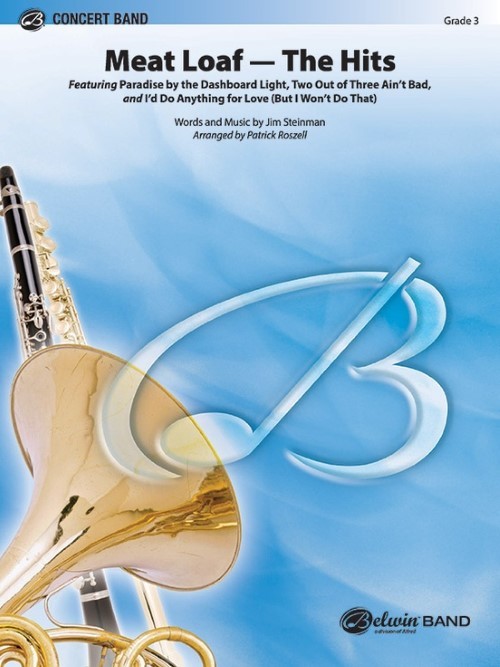 £77.00
£77.00Meat Loaf - The Hits (Concert Band - Score and Parts) - Steinman, Jim - Roszell, Patrick
He's big and over the top in his music and his performances. Three memorable hits written by Meat Loaf's longstanding songwriter Jim Steinman including, "Paradise by the Dashboard Light," "Two Out of Three Ain't Bad," and "I'd Do Anything For Love But I Won't Do That," compose this feel-good medley. Like his performances, go big and over the top, but be sure to have fun!Duration: 6:00
Estimated dispatch 7-14 working days
-
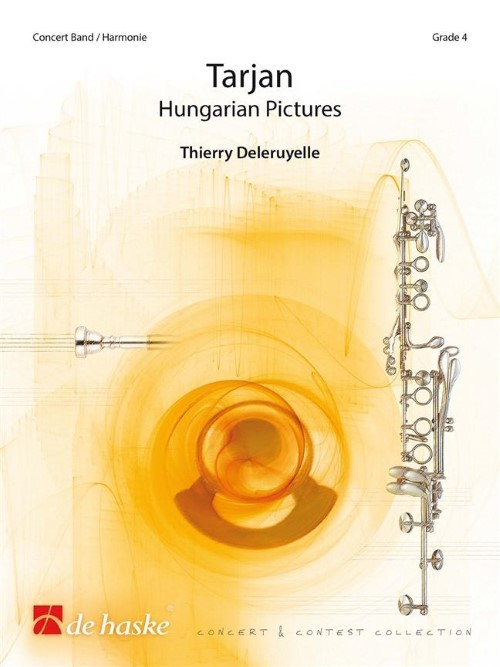 £159.99
£159.99Tarjan (Concert Band - Score and Parts) - Deleruyelle, Thierry
Tarjan, Hungarian Pictures is a work in three movements commissioned by the town of Vesoul and its concert band. This work pays tribute to Jean-Marie Goux, the band's former musical director, who had forged strong links with Hungary: whether in the village of Tarjan or Budapest itself, he had shared his zest for life with the Hungarian people. This colourful work consists of three movements: The 7th Tribe, Eternal Fidelty and Conquest of the Homeland. It offers not only strong musical content, but also historical insight about a beautiful region with a great tradition.Duration: 12.00
Estimated dispatch 7-14 working days
-
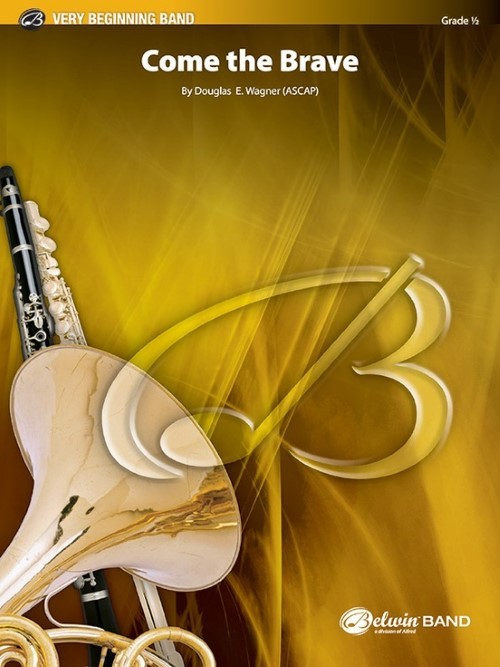 £46.95
£46.95Come the Brave (Concert Band - Score and Parts) - Wagner, Douglas E.
Inspired by demonstrated courage, this original work is intended as a confidence-building piece for a young ensemble's first Spring concert. It serves as a perfect gateway into articulation and varying dynamics: the three most commonly occurring articulation marks (staccato, accent, and tenuto) have been included, as have the middle three dynamic markings (mezzo piano, mezzo forte, and forte) building and declining in intensity. These musical concepts can be experienced individually and within the ensemble. A bold musical statement!
Estimated dispatch 7-14 working days
